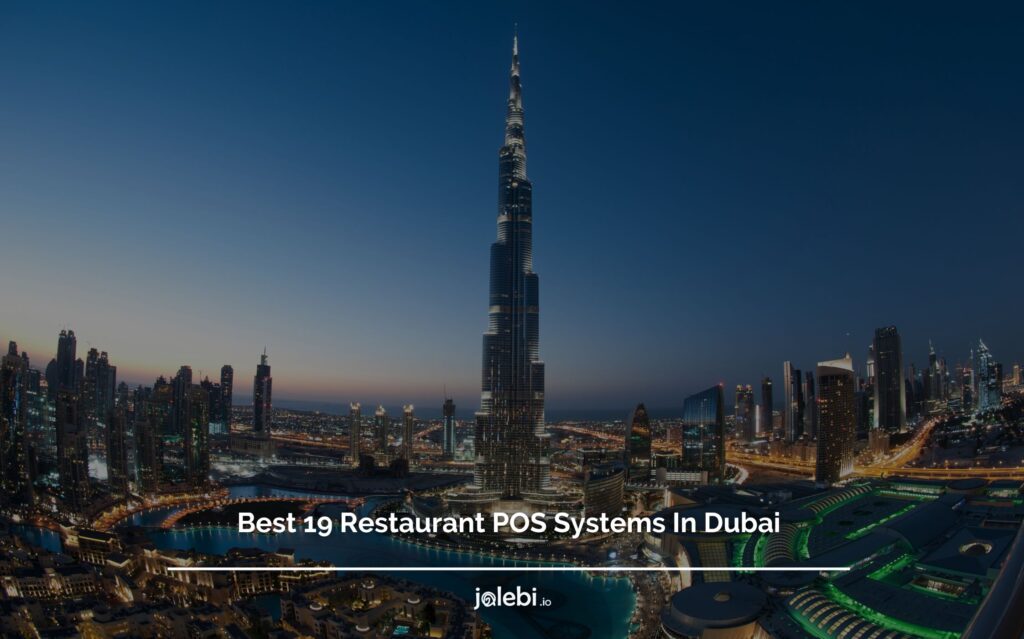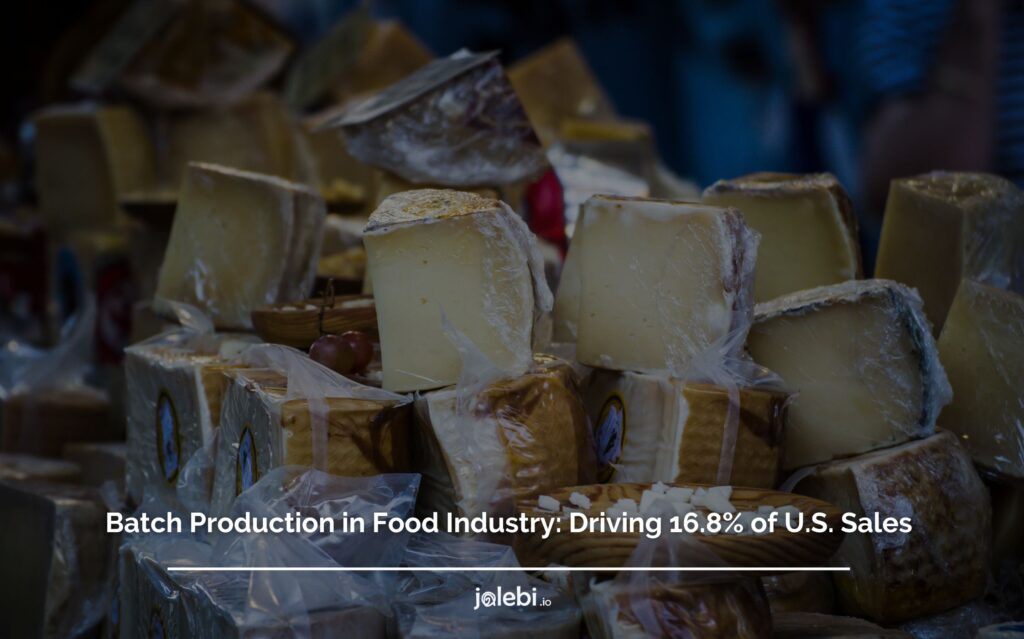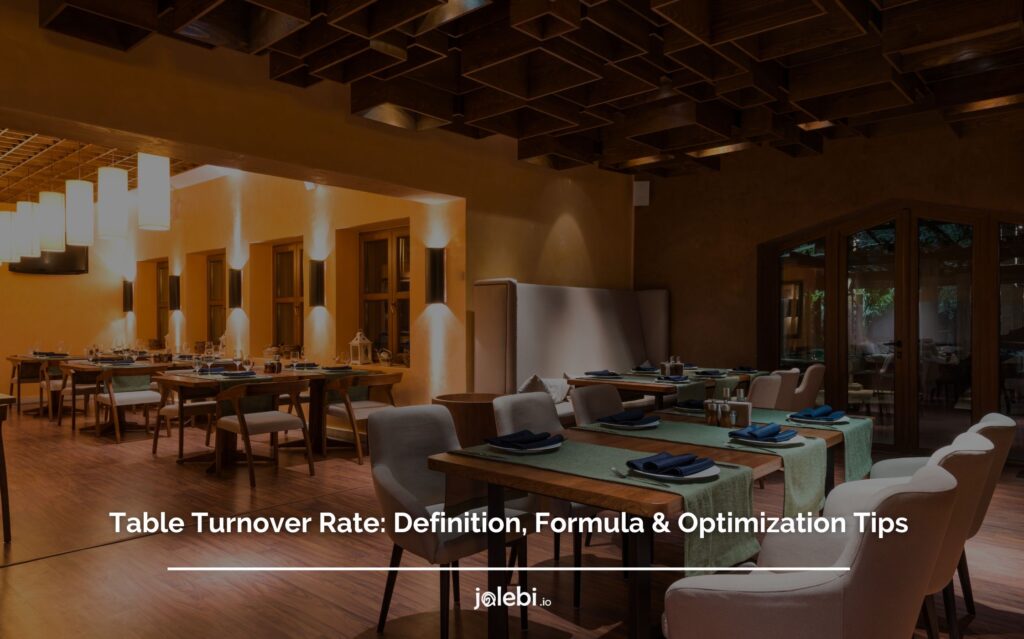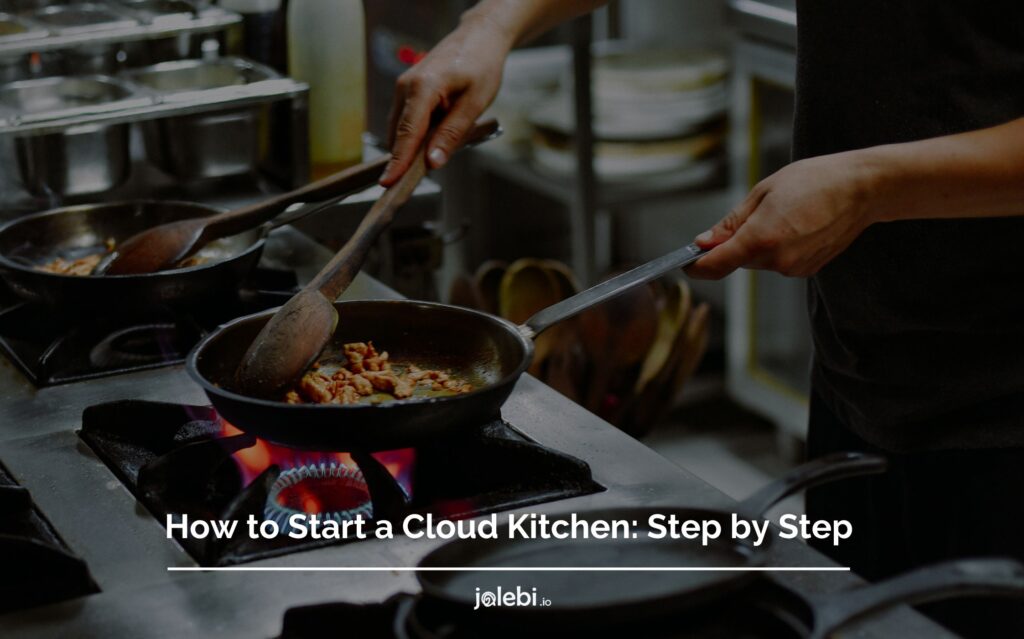Table of Contents
Looking to dive into the booming food delivery market?
In recent years, over 60% of restaurant sales have come from off-premise dining, according to the National Restaurant Association, driving the rapid rise of Cloud Kitchen Business Models.
These delivery-only operations are transforming the way food businesses operate, allowing restaurants to reach more customers without the need for traditional dining spaces.
Whether you’re a new entrepreneur or a seasoned restaurateur, understanding the eight most popular cloud kitchen models can help you choose the one that aligns best with your goals and tap into this expanding trend.
1- Independent Cloud Kitchen
An Independent Cloud Kitchen is the perfect solution for entrepreneurs looking to enter the food delivery market without the hefty overhead costs of a traditional restaurant.
Unlike brick-and-mortar establishments, this model operates solely online, allowing you to focus on crafting a delicious menu that customers can order through apps like Uber Eats or DoorDash.
This approach means no need to invest in a fancy storefront or deal with the hassle of dine-in service—just pure delivery-focused efficiency.
What makes an independent cloud kitchen stand out is the complete control it offers. You’re free to design your brand, experiment with menus, and adapt quickly to changing market trends.
This agility can give you an edge in a fast-paced industry where consumer preferences are constantly evolving.
Plus, without the burden of maintaining a physical dining space, you can allocate more resources toward food quality, marketing, and customer satisfaction.
2- Multi-Brand Cloud Kitchen
A Multi-Brand Cloud Kitchen operates several virtual restaurant brands from a single kitchen space, maximizing efficiency and revenue potential. This model allows one kitchen to serve multiple cuisines or concepts, each under a different brand, catering to diverse customer preferences without expanding physical locations.
By optimizing ingredients and staff, this approach drives operational cost savings while increasing menu variety.
Each brand under the multi-brand cloud kitchen model has its own distinct identity, targeting different segments of the market.
Whether it’s comfort food, health-focused dishes, or gourmet options, these virtual brands are marketed separately to reach a wider audience through delivery platforms.
This diversification not only reduces the risk of focusing on one brand but also boosts sales by meeting the varying demands of food delivery customers.
The ability to run multiple brands from one kitchen also enables rapid experimentation and scalability.
New concepts can be tested quickly without large investments, allowing businesses to pivot based on customer feedback and demand trends.
This makes the multi-brand cloud kitchen model highly adaptive in today’s competitive food delivery landscape.
3- Hybrid Cloud Kitchen / Hybrid-Merged (Traditional Kitchen with Dine-In and Delivery)
A Hybrid Cloud Kitchen combines both delivery-only operations and dine-in services from a single location. This model allows businesses to tap into the growing demand for food delivery while still offering a limited seating area for customers who prefer an on-site dining experience.
It provides flexibility to generate revenue from multiple streams and test new menu concepts for delivery without abandoning in-house diners.
This dual approach balances the efficiency of a cloud kitchen with the personal touch of traditional restaurants.
4- Hybrid-Separated (Dine-In Kitchen + Cloud Kitchen for Delivery)
The Hybrid-Separated Cloud Kitchen model splits operations into two distinct kitchens: one for dine-in customers and a separate cloud kitchen purely for delivery.
This setup allows restaurants to maintain a high-quality dining experience in-house while also meeting the growing demand for delivery services.
In this model, the cloud kitchen can focus on creating food optimized for delivery—packaging, menu items that travel well, and quick preparation times—without impacting the dine-in operations.
This separation helps businesses avoid the operational strain of handling both dine-in and delivery orders from a single kitchen, ensuring efficiency and quality across both services. It’s ideal for established restaurants looking to expand their delivery offerings without disrupting their core dine-in service.
5- Co-Working Cloud Kitchen
A Co-Working Cloud Kitchen is a shared kitchen space where multiple food businesses operate under one roof.
This model allows small or emerging brands to access high-quality kitchen facilities without the upfront costs of owning or leasing a full kitchen.
Each tenant rents space, sharing essential resources like equipment, utilities, and storage, which significantly reduces operational expenses. This setup is particularly advantageous for startups, food trucks, or catering services looking to scale their delivery operations.
In a co-working cloud kitchen, businesses benefit from a collaborative environment while maintaining individual brands.
Entrepreneurs can focus on their core offerings without worrying about long-term leases or high overhead costs.
Additionally, many co-working kitchens offer business support services such as marketing assistance, distribution networks, and connections to food delivery platforms, further easing the burden on small operators.
This model is ideal for brands looking for flexibility, cost-efficiency, and access to top-notch resources without significant capital investment.
6- Virtual Restaurant
A Virtual Restaurant is a delivery-only brand that operates without any physical dining space. Unlike traditional restaurants, virtual restaurants exist solely online and rely entirely on delivery platforms like Uber Eats or DoorDash to reach customers.
This model allows operators to focus on creating specialized menus tailored to specific customer preferences without the costs associated with a physical location or on-site staff.
It’s an ideal option for entrepreneurs looking to capitalize on food delivery trends while minimizing overhead expenses and maximizing flexibility.
7- Franchise Cloud Kitchen
A Franchise Cloud Kitchen allows franchisees to operate delivery-only versions of well-known restaurant brands without the need for a full-scale storefront. In this model, franchise owners rent kitchen space and focus on producing food for delivery under the franchise brand.
This setup reduces the initial investment and operational costs associated with running a traditional franchise restaurant. Franchise cloud kitchens benefit from the established recognition of the parent brand, providing a competitive edge in the delivery market.
The franchisor provides the recipes, branding, and operational support, while the franchisee leverages the cloud kitchen’s infrastructure to focus on delivery services.
This model offers a streamlined approach to entering the food industry, allowing entrepreneurs to capitalize on the popularity of existing brands while minimizing overhead.
It’s an efficient way for franchise operators to scale quickly in different markets, especially in areas with high demand for food delivery.
8- Aggregator Cloud Kitchen (Delivery App-Owned Cloud Kitchen)
An Aggregator Cloud Kitchen is run by third-party food delivery platforms like Uber Eats or Deliveroo. These platforms host multiple virtual restaurants in a single space, offering them a shared kitchen environment while managing delivery logistics.
Restaurants benefit by reaching a large audience through the platform’s existing user base without worrying about their own kitchen setup.
The aggregator provides the infrastructure, while restaurants focus on food production, leveraging the platform’s customer base and marketing efforts.
9- Outsourced Cloud Kitchen
An Outsourced Cloud Kitchen involves a third-party company handling food preparation and delivery for various brands.
Restaurants outsource their entire kitchen operations to a cloud kitchen provider, allowing them to focus solely on marketing and brand management.
This model is ideal for businesses looking to scale rapidly without investing in additional kitchens or staff.
The outsourcing company manages everything from cooking to delivery, ensuring operational efficiency and cost savings for the restaurant.
10- Commissary (Hub & Spoke) Cloud Kitchen Business Model
A Commissary Cloud Kitchen, also known as the Hub & Spoke model, centralizes food production in one main kitchen (the hub), with food distributed to various delivery points (the spokes).
This model is ideal for large-scale operations where multiple delivery areas are served by a single production facility.
It allows brands to streamline food prep, maintain consistent quality, and reduce costs by eliminating the need for fully operational kitchens at each delivery point.
The commissary kitchen preps food in bulk, reducing labor and ingredient costs, while smaller spokes handle last-mile delivery.
This model works well for businesses looking to scale quickly without setting up full-scale kitchens in multiple locations. It’s often used by larger brands or multi-location chains to improve efficiency in densely populated urban areas where delivery demand is high.
Summary: PROS & CONS of Different Cloud Kitchen Business Models
| Cloud Kitchen Model | Pros | Cons |
|---|---|---|
| Independent Cloud Kitchen | Full control, lower overhead costs, focused on delivery | Limited to one brand and dependent on delivery platforms |
| Multi-Brand Cloud Kitchen | Multiple brands from one kitchen, increased revenue streams, shared resources | Complex operations, brand identity may dilute |
| Hybrid Cloud Kitchen | Dine-in and delivery in one location, flexibility in revenue streams | Can strain staff and resources; requires balancing two types of service |
| Co-Working Cloud Kitchen | Low startup costs, shared kitchen resources, flexible lease terms | Limited control over kitchen space, potential scheduling conflicts |
| Virtual Restaurant | No physical space needed, low overhead, delivery-focused | Dependent entirely on delivery platforms; no in-person brand experience |
| Franchise Cloud Kitchen | Established brand recognition, lower costs than full franchise setup | Less operational control, franchise fees |
| Aggregator Cloud Kitchen | Access to large delivery platform audience, no need for own kitchen infrastructure | High commission fees, dependency on third-party platforms |
| Outsourced Cloud Kitchen | No kitchen management needed, operational efficiency | Reliance on a third party for food quality and consistency |
| Commissary Cloud Kitchen | Centralized production, consistent quality, reduced operational costs | High upfront investment in the central kitchen, logistical complexity |
| Hybrid-Separated Cloud Kitchen | Separate focus on dine-in and delivery, optimized operations | Requires maintaining two separate kitchens, higher operational complexity |
About jalebi.io – A Success Partner For Cloud Kitchens
At jalebi.io, we understand that the cloud kitchen landscape is evolving rapidly, and we are here to help you thrive in this competitive environment.
As a leading partner for cloud kitchens, we provide innovative solutions tailored to your specific needs, helping you streamline operations and enhance profitability.
Our advanced restaurant management system empowers cloud kitchen operators to efficiently manage inventory, orders, and customer relationships, ensuring you can focus on delivering exceptional culinary experiences.
Our platform is designed with the unique challenges of cloud kitchens in mind, offering real-time analytics and insights to optimize your menu offerings and reduce waste.
By leveraging our technology, you can make data-driven decisions that enhance your operational efficiency and maximize your margins.
With jalebi.io, you gain a partner committed to your success, providing the tools and support necessary to navigate the complexities of the food delivery market.
Join the growing community of successful cloud kitchen operators who trust jalebi.io as their partner in success and book your free demo here.











